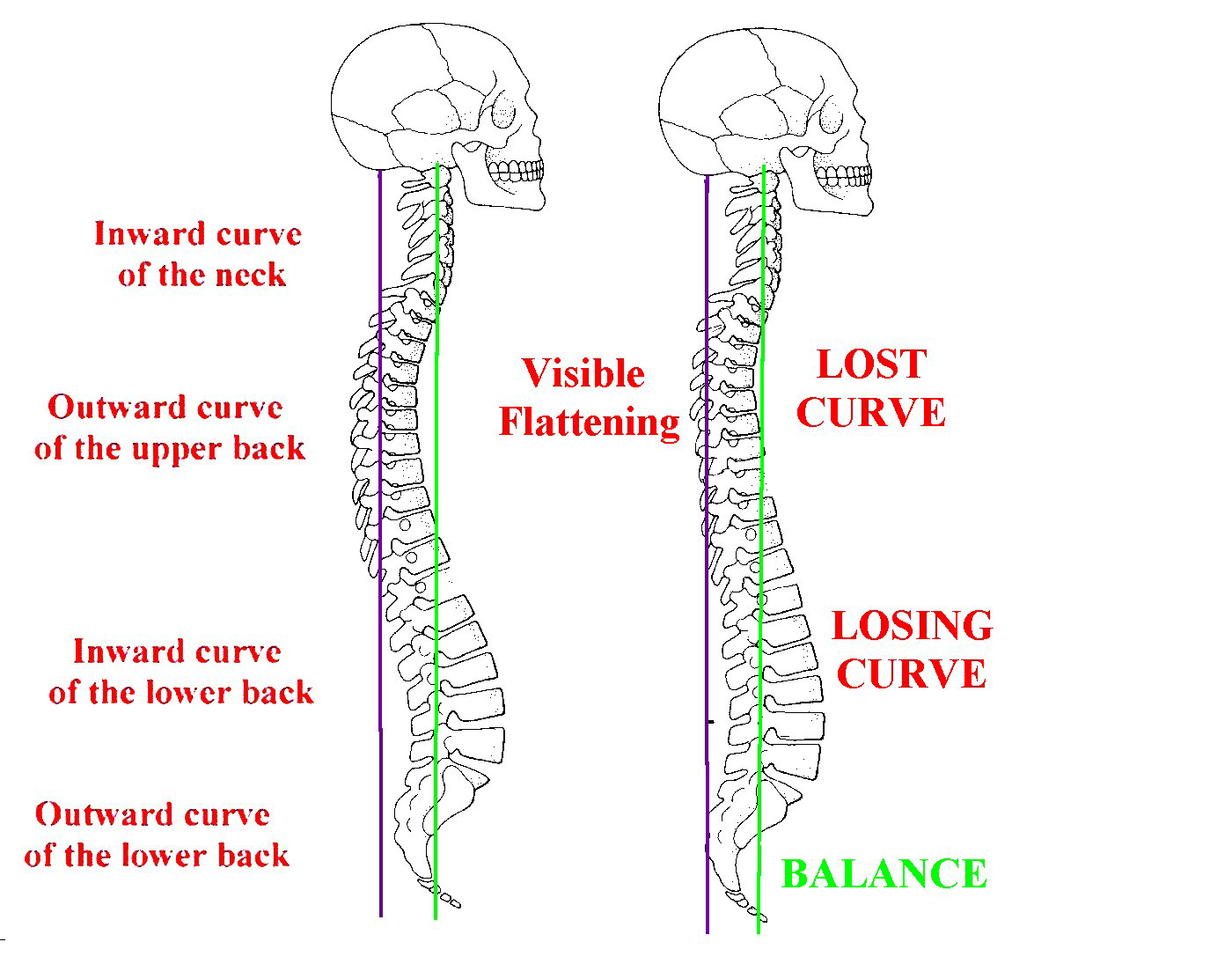Spine as a Spring
I remember one of my great mentors, Marcus Forman, pointing to a model of a spine in the corner of the clinic and saying "sort of looks like a spring...". Marcus always knew how to stimulate some higher level thinking with these zen-like observations.
And he's right. The spine does work together as a spring to both adapt and produce force. It needs to be able to go from being supple and adaptable to rigid and stable, depending on the task.
Also, like a spring, the spine acts as one unit. Meaning, you can't change one curve without altering another one. Flatten the neck and the lumbar spine will increase it's curve. Flatten the lumbar and the neck will increase it's curve. It's an dependent relationship. A closed system. Françoise Mézières’ was one of the first to popularized this interlinked approach to the spine.
These spring-like qualities of our spine help us move efficiently and prevent injuries.
The problem occurs when the spine goes from a springy pogo stick to a rigid stilt.
(image source)
Losing the Spring and Flattening the Thoracic Spine
Sometimes people lose their thoracic kyphosis.
There are many reasons this could happen. Genetics. Osseous rigidity adaptation for lack of global stability. Respiratory/breathing impairment. Postural habits. Compensation for other curves.
Regardless of the specific cause, restoring this curve is important.
4 Reasons the Thoracic Kyphosis Matters
- Provides a stable base for the scapula (this is a common cause of scapula winging)
- Allows efficient breathing mechanics and posterior mediastinum expansion
- Acts as an important conduit, transferring forces from the legs to the arms
- Helps maintain other curves (springs) of spine
What to Do
Aside from getting a thorough assessment to determine the specific cause, the best way to improve a flat thoracic spine is by using your breath.
Here are 2 exercises to improve thoracic kyphosis.
There's 2 main principles to these exercises: setting up with the right posture and breathing.
Actively staying in the right posture while maximizing the breath is much more difficult than it looks.
Summary
The thoracic kyphosis often gets a bad rap. Most people are worried about becoming a hunchback.
But we also need to be concerned about becoming a rigid stick.
So give these exercises a try and get your spring back.



